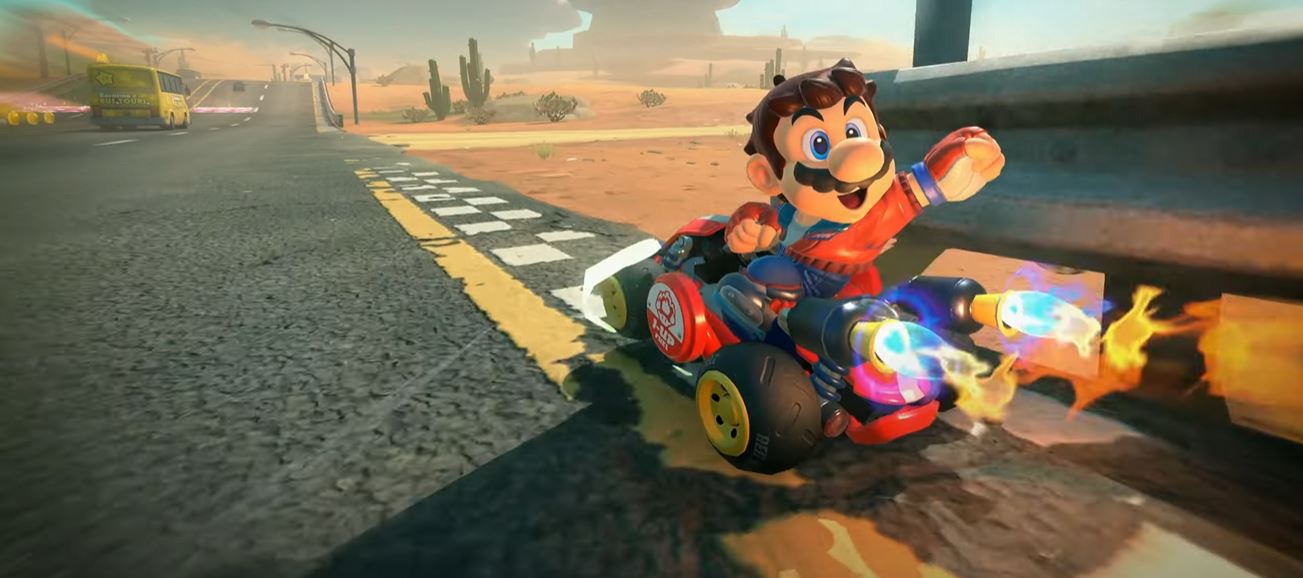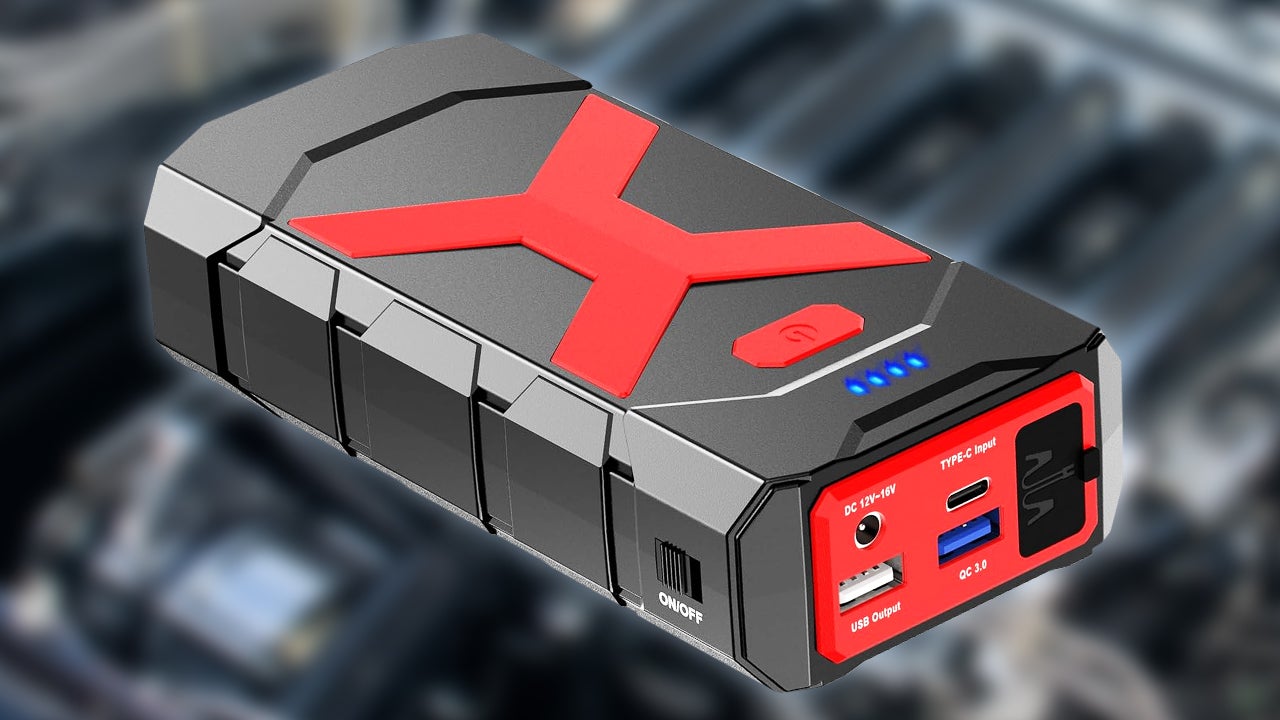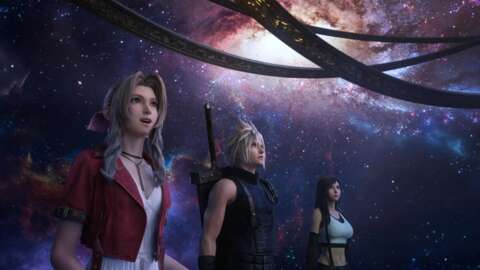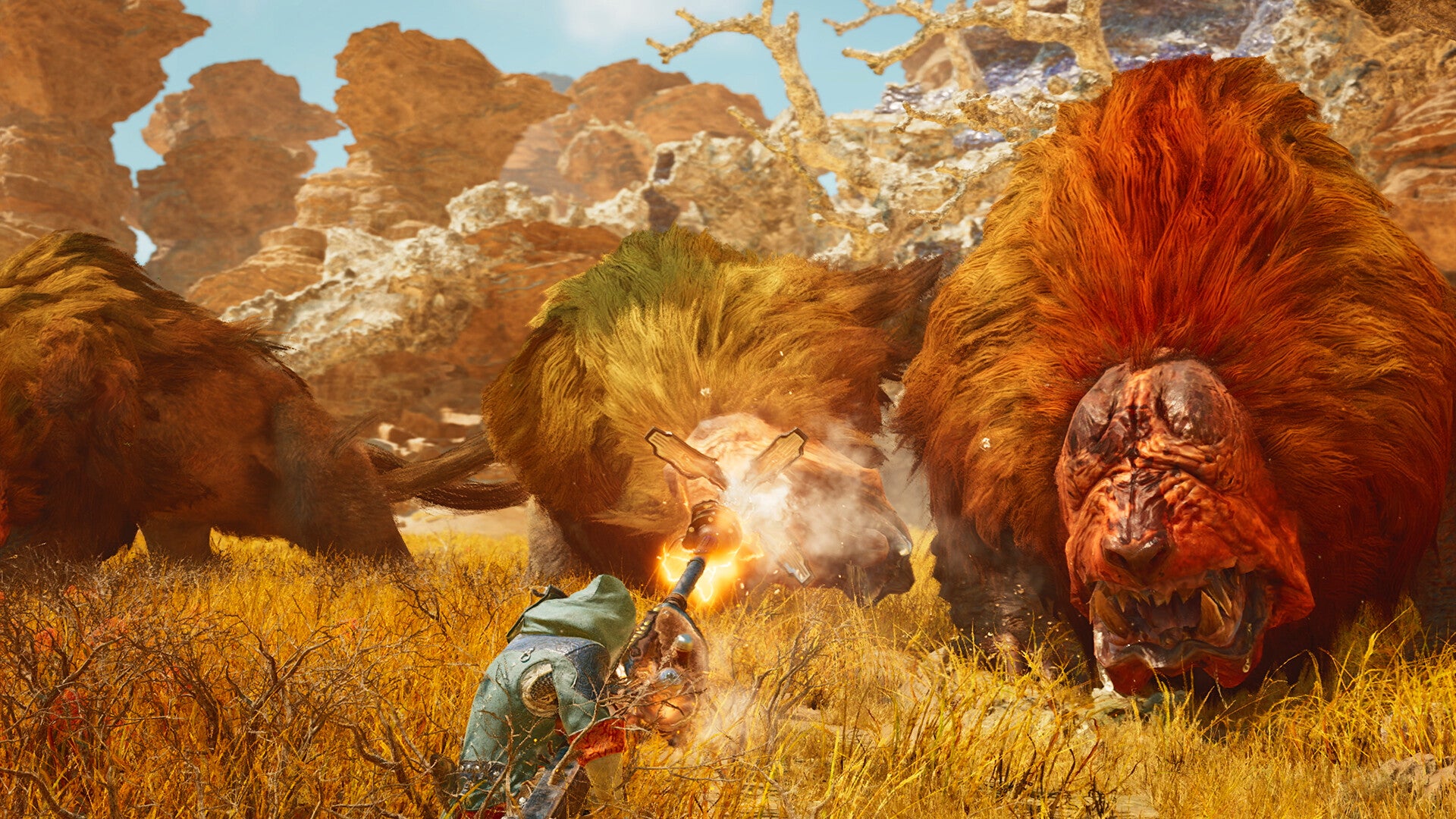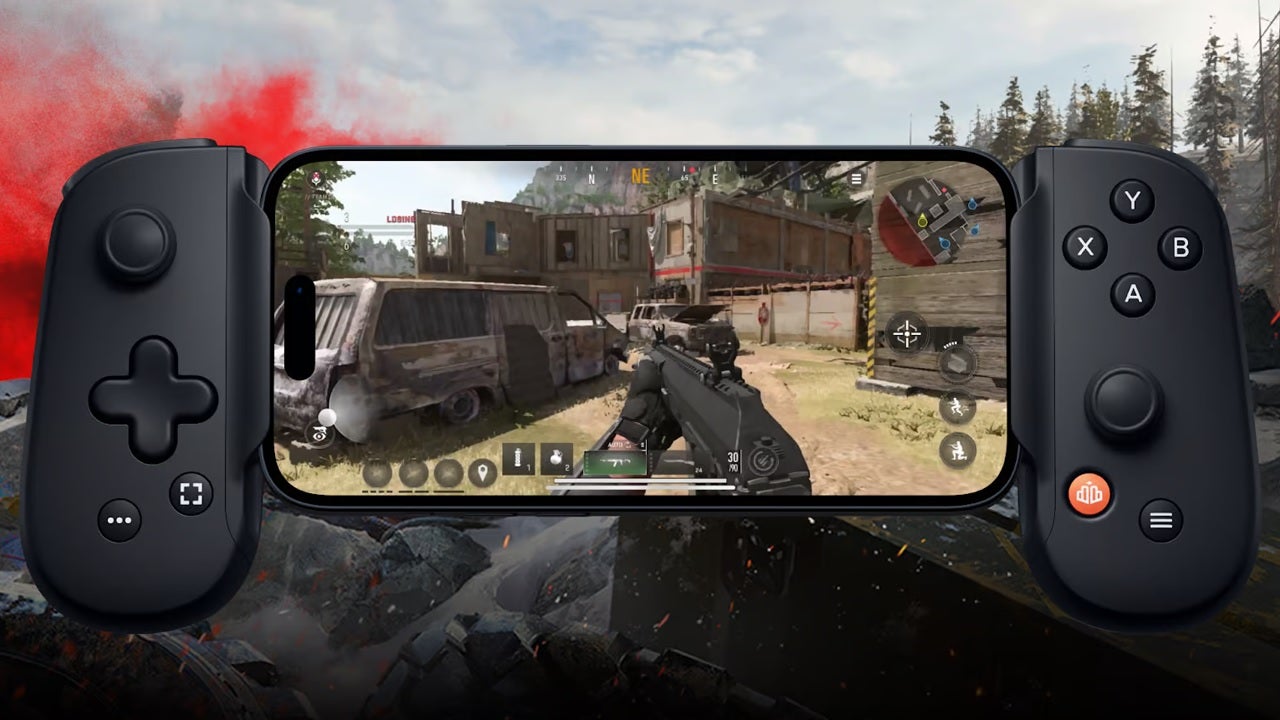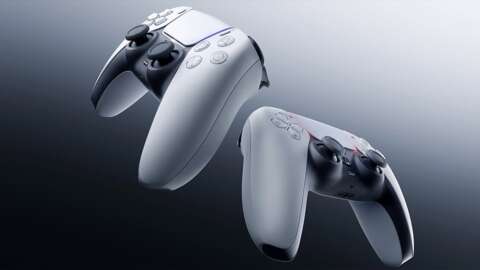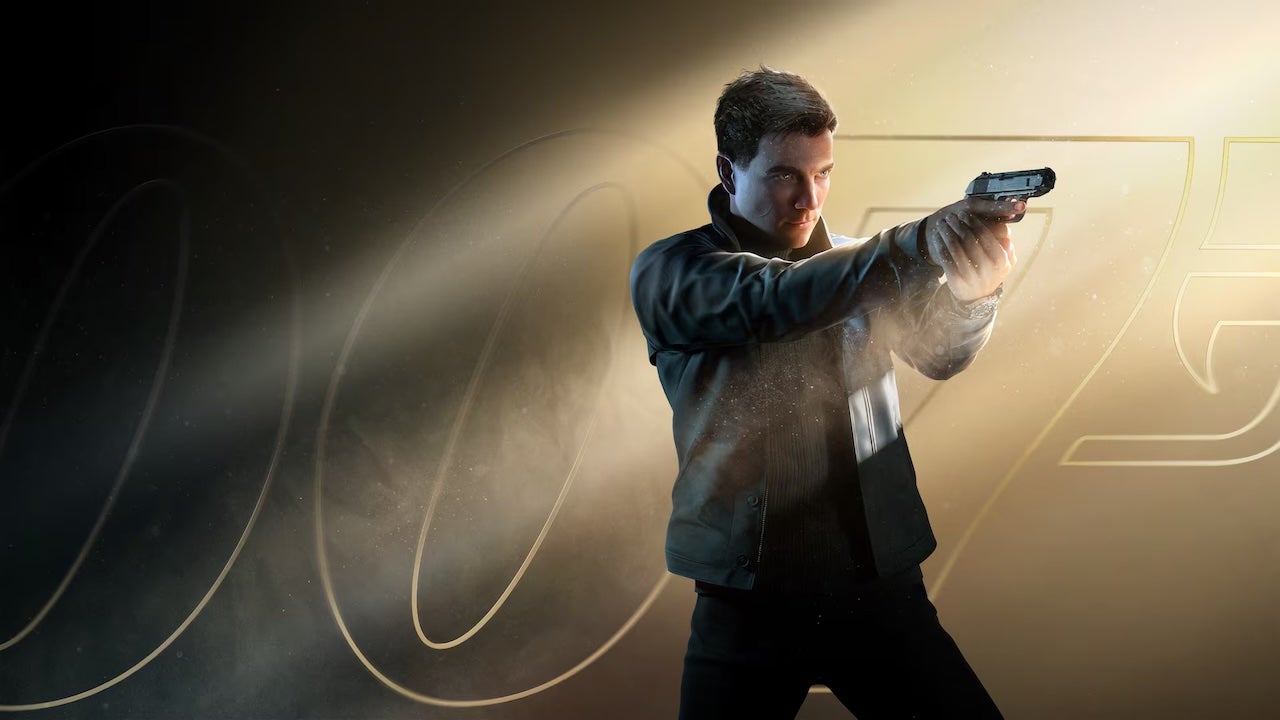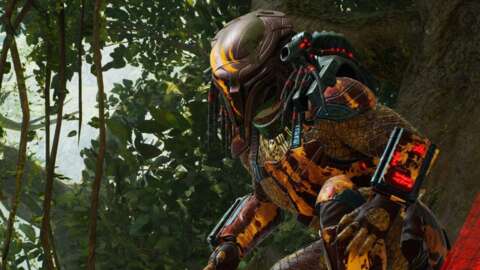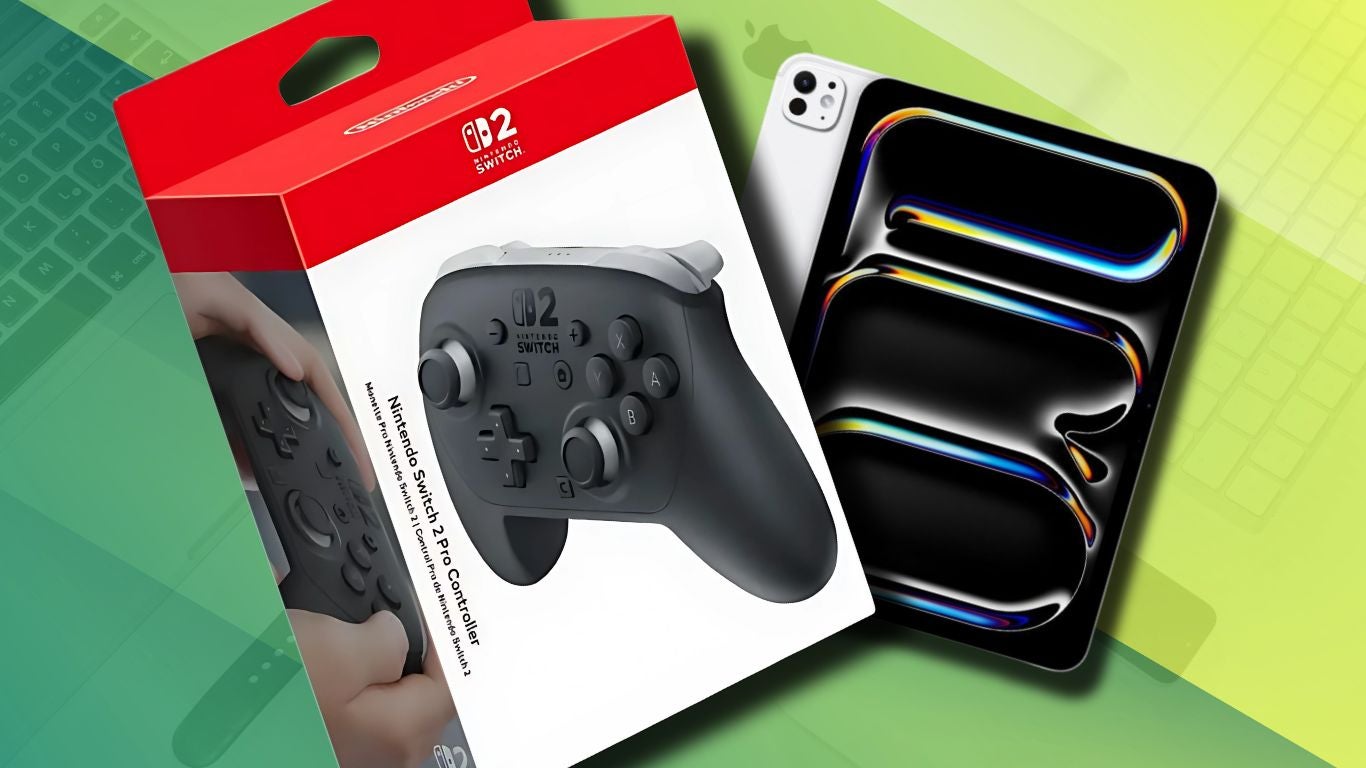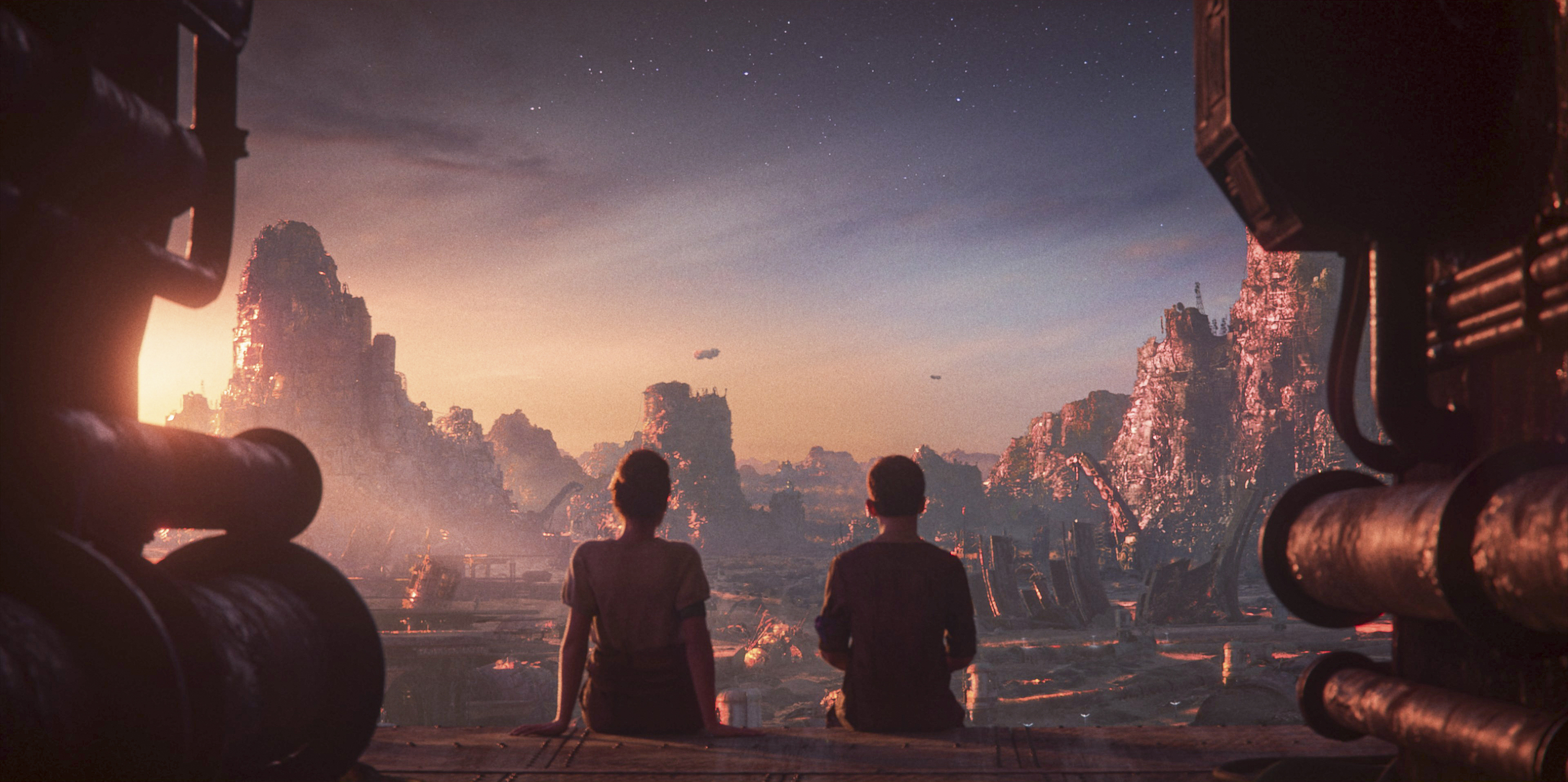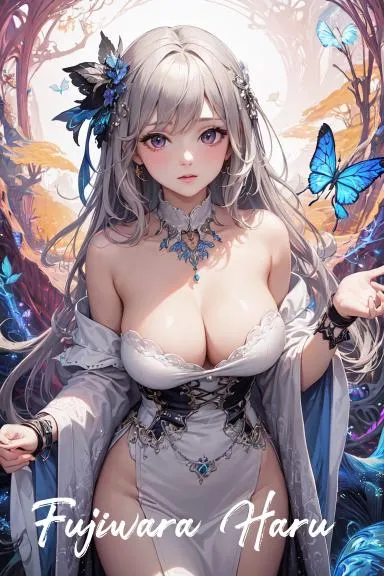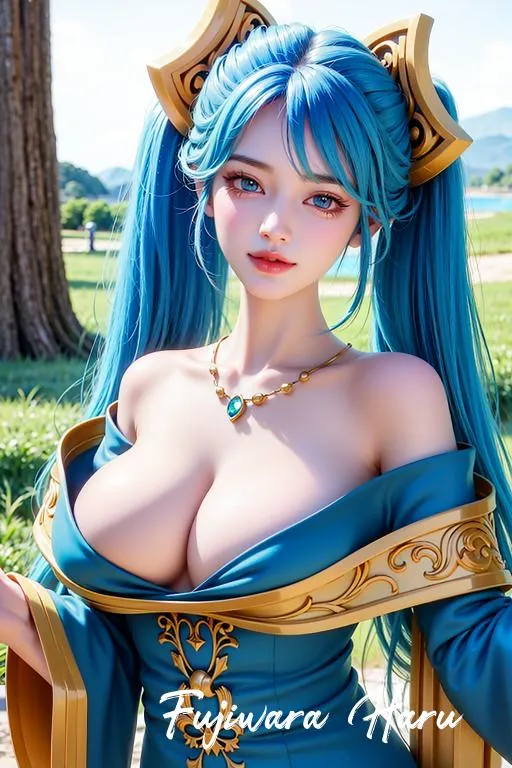
The Switch 2 isn’t just a new hardware release — it’s a chance to change the narrative about Nintendo as a company. At first, the release of the Switch 2 appeared to be an all-out victory lap for the Japanese publisher, whose first fully online console arguably won the console war of its generation. You can’t find a Switch 2 anywhere; sales records are being broken already. Seemingly everyone’s playing Mario Kart right now. But a few weeks in, one small change to the Switch 2’s flagship game is a stark reminder that Nintendo’s success isn’t the natural outcome of unfettered genius and business savvy. If anything, Nintendo’s approach to Mario Kart World is a distillation of the company’s ongoing struggle with online games.
To quickly recap recent events: The racing game’s latest patch changes the way online matches work. Typically, players could vote for the next course — and one of the options provided was “Random.” Random became the go-to option for most players because of Mario Kart’s shift to an open-world structure. The game still has traditional tracks, but it places them within a larger map composed of “intermission” segments that connect the disparate levels. Prior to the patch, when you picked “Random,” you skipped intermissions and were placed on a traditional level instead.
Though they were implemented to show off Mario Kart World’s core value proposition — the open world — vocal players online seemingly hate the intermission tracks. Intermission tracks, by and large, tend to be straightaways. Without specific track quirks, Mario Kart World can easily devolve into a game of optimization. As it turns out, the most optimal way to play is to bag races so that the game rewards you with better items, and players will stay behind during matches until the last minute to ensure they have the upper hand.
Players at the highest levels might implement these tactics, but few consider this approach “fun.” And so, rather than subject themselves to a joyless iteration of an otherwise cheerful game, most players simply picked Random. With the new patch, match selection doesn’t work that way anymore. Now the options seem geared toward intermission tracks specifically, which makes it harder for players to jump into the type of experience they actually want. Despite its specificity, the Random ordeal is a potent microcosm for Nintendo as a whole.
For all its ubiquity, the first Switch wasn’t a particularly modern piece of technology. Yes, it lagged in power, but the deficiency was easy to overlook when the games themselves were so good. Who cares if an industry-defining game like Breath of the Wild has realistic puddles? But where its competitors had, at that point, spent a couple of generations exploring video games in a world dominated by the internet, Nintendo still seemed like it was stumbling its way forward when it came to networked games. Microsoft defined a gaming culture rife with name tags, lobbies, and matchmaking with Xbox Live. Sony experimented with the possibilities of online connectivity at every turn with games like MAG, LittleBigPlanet, or first-party games with multiplayer components.
Meanwhile, on the Switch, you probably had to buy a dongle to get a good connection and an engineering degree to figure out how to use voice chat. The petite console wasn’t Nintendo’s first foray into multiplayer games; arguably, Nintendo beat everyone to the punch with inventions like the Game Boy’s link cable. But where a console like the PS2 was already adopting innovations like ethernet ports midway through its lifecycle, Nintendo was asking people to hook up multiple Game Boy Advance units to play a title in local co-op on the GameCube.
The Switch was Nintendo’s first real swing at a console in the age of the internet, and a taste of what Nintendo could look like when it adopted modern conventions like the live service model. It was a sweeping shift that touched every major franchise, from Smash Bros. to Super Mario, evolving what used to be fixed experiences into living, breathing organisms. It is no accident that titles like Animal Crossing: New Horizons broke into the mainstream at the precise moment that the games made it easy for everyone to play with one another. So, too, was the case with Mario Kart 8, a game that persisted with updates and sales for long enough, it practically became a meme that Nintendo would never release a follow-up.

Joining us in the 21st century is undoubtedly one major reason why Nintendo went from the massive failure that was the Wii U to what might soon become the best-selling console of all time. It is easy to look back on this time through the lens of pure achievement, but the reality is that Nintendo reached those heights in spite of itself. A game like Super Smash Bros. Ultimate might represent the apex of what a Nintendo franchise can be; a high point that may never be replicated again according to its own creators. It was also, at times, an extraordinarily laggy online experience. It’s a story that repeats itself often for Nintendo. A game like Splatoon might have challenged and reinvented our notion of what a shooter could be like. Every few matches also ended in a disconnect, even in the sequels.
Splatoon 2 might pose the closest parallel to what we’re seeing happen now in Mario Kart World, actually. In it, Nintendo introduced a fantastic PVE mode called Salmon Run where players faced increasing waves of irradiated fish. Controversially, however, Nintendo restricted when and how players could enjoy the mode: It was only available at specific times of day, and if you couldn’t access it during that period? Tough. Other online Splatoon elements chaffed the player experience, like being limited to a couple of stages per hour in the main versus mode. But the Salmon Run rules were harder for fans to swallow. Why not let players dictate their experience when they’re just playing against the computer?
It’s a prescriptive approach to game design is classic Nintendo, and there are no shortage of examples of it. In some cases, it’s a critical element of the game experience. Everything is time-gated in Animal Crossing, for example, and while players can cheat the console’s inner clock, purists maintain that it’s not the intended experience. At least players have options if they don’t like Nintendo’s proposal, however controversial it might be. Mario Kart World players aren’t as lucky.
Amid the furor, it’s worth remembering that casual players might not care about or even notice the details of post-release patches. But for hardcore fans who discuss Mario Kart World online, it’s proven disastrous. Fans say they’re “heartbroken,” and the hatred around it has been so pronounced, community hubs have had to ban negative posts about it the topic.
But if none of this is surprising for Nintendo, why the outcry? Some of it is the delivery. The patch notes are sparse, and there’s no explanation for why Nintendo is making this change. There’s been no follow-up response from Nintendo or the Mario Kart developers days after all hell broke loose either. The fact there are patch notes are an improvement over the many times when Nintendo vaguely informs users that a new update improves “stability,” sure. But devoted players expect more than a bullet point patch note in this day and age, especially for a game of this magnitude.
Popular live service games like Fortnite or Marvel Rivals typically launch updates with lengthy blog posts explaining the thinking behind adjustments, or videos where the developers themselves break down what’s happening and why. This PR style doesn’t ensure that changes will simply be accepted, but adding a human element to the news helps soften the blow. The developer isn’t, then, a nefarious and intangible entity that’s ruining your game. They’re real people, who have thought long and hard about what they’re doing. They care.

Nintendo leverages this approach fantastically when it comes to marketing new games in the form of Nintendo Directs, to the degree that the format has become a favored method of communication across the industry. And while we can make some educated guesses as to why Mario Kart World is going down this route, without anything accompanying the single patch note sentence, people will feel like the update is an unwelcome corporate edict.
Another major factor in this equation is that, while you can’t fault Nintendo for wanting to ensure the game emphasizes its unique selling point — the open world — players bristle at the lack of control. This tweak might have gone down differently had Nintendo presented it as an option, rather than the default. Failing that, Mario Kart World’s update might’ve proven less divisive if the adjustment didn’t lean so heavily in a specific direction over merely increasing the odds players will experience intermission tracks more often.
We’re still early on in Mario Kart World’s lifecycle, though. There’s reason to have hope. After the controversy surrounding PVE in Splatoon 2, Splatoon 3 allowed fans to play the mode whenever they wanted rather than limiting its available play periods. Things could look much different a few weeks or months from now for Mario Kart as well. Stubborn as its reputation might be, Nintendo does change its mind.
But that Splatoon change was one players had to wait five years for. It was easier to excuse Nintendo’s baffling and infuriating tendencies in a generation defined by caveats, on a console that was still finding its bearings when it came to online connectivity. And realistically, forcing fans to play games in a specific way might have no bearing on Mario Kart World’s success, nor might it impact the sales of the Switch 2.
And yet, the Switch 2 exists in an environment defined by weekly updates, regular hotfixes, and transparent developer communication. For now, the Mario Kart update functions as an augur for the narratives that might define Nintendo in this new generation of hardware. Is this a modern company that finally understands how to leverage its online capabilities so that it is in tune with its audiences? Or is it still a company that would rather proverbially shut down the entire show — just to ensure it has control over how people experience its games?
Source:https://www.polygon.com/nintendo-switch-2/609983/mario-kart-world-switch-2-random-track-change-nintendo-online-fans